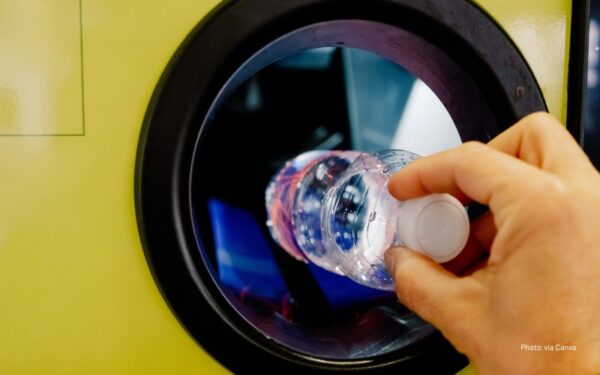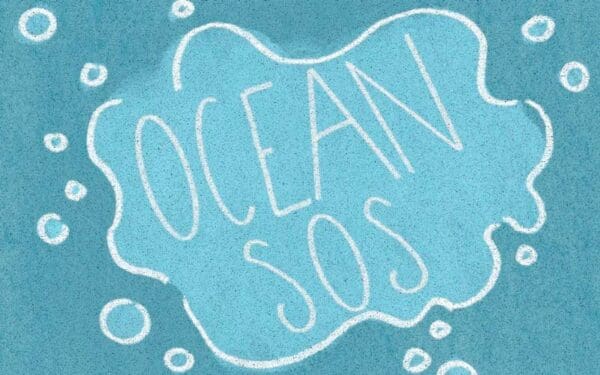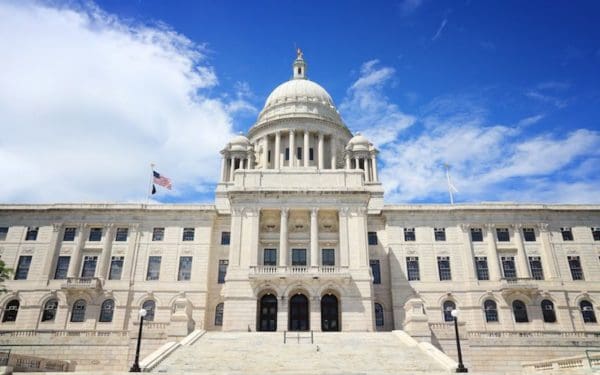
No edible food should ever be trashed if we can avoid it. It’s a resource that can and should be readily available for those in need. Photo: Dragana Gordic via Shutterstock.
At the outset of 2020, food insecurity in the U.S. and across New England skyrocketed. This was due, in large part, to the economic hardships brought on by the COVID-19 pandemic. Now, food insecurity rates are on the decline. Yet, millions of adults and children around the country and here in New England still suffer from a lack of access to affordable, nutritious food. What’s more, so much perfectly edible food gets dumped in landfills every day. In fact, the U.S wastes about 125 to 160 billion pounds of food each year.
The good news is that we can alleviate both of these problems at the same time. We can do that through Zero Waste programs and policies, like food rescue services and industrial composting, that target food waste at both the commercial and residential levels. While the broader causes of chronic food insecurity won’t be solved solely by diverting food waste from landfills, we can certainly ease the problem by bridging the gap between retailers, consumers, and food rescue services.
We have an abundance of food in this country. No one should go hungry because we haven’t yet figured out how to get still-edible food to the people who need it most.
Food Insecurity in New England
Millions across the U.S. and New England are food insecure, meaning they lack regular access to sufficient food supplies needed to live a healthy, active life. Food insecurity often results from economic hardships, like low incomes and high costs of living. These challenges disproportionately impact Black and Brown people, parents and children, and the physically or cognitively impaired.
While the nation’s food insecurity rate had fallen to a 20-year low in 2019, 35 million people, including 11 million children, still went to bed hungry every night. That number rose with the outset of the COVID-19 pandemic. A projected 42 million people experienced food insecurity in 2021 – including millions of New Englanders.
Take New Hampshire. Early in the pandemic, the state required businesses, schools, food services, and several other institutions to limit in-person employees to essential workers only. Because of this, the employment rate plummeted, dropping from more than 750,000 employed people to fewer than 600,000. As a result, New Hampshire’s food insecurity rate rose. More than one in four residents reported difficulties in paying for household expenses, like food, as of January 2021.
Oher states across the region, including Massachusetts, Maine, and Vermont, have also experienced record levels of food insecurity during the pandemic. And while food banks in the region continue to distribute food to those in need, COVID has put a spotlight on our food waste and the profound need for more food rescue programs.
The Consequences of Trashing Our Food
Several factors play into why we waste so much food. Ugly food rots in fields, food retailers overstock products, grocers circulate confusing sell-by labels, and consumers too often trash perfectly good food at home. That all results in commercial food services and consumers, alike, throwing away a vast amount of uneaten yet edible food each year.
All the while, people and our planet face the consequences.
If properly redistributed to food banks, that edible food could help alleviate food insecurity. But federal, state, and local laws often prevent this from happening. Why? Because if you donate food that makes someone ill, you could be legally liable. To ease this concern, several states and the federal government passed Good Samaritan laws, like the 1996 Emerson Good Samaritan Food Donation Act, to protect those donating food. Yet, while legal liability from food donation is very slim, that small chance still deters both commercial entities and consumers from donating food.
Some food businesses, however, are working to stop edible food from being trashed. Several Massachusetts supermarkets, for example, strive to reduce food waste based on the Environmental Protection Agency’s Food Recovery Hierarchy. This includes donating edible items to food pantries. But while some commercial food services can partner with food rescue programs, others don’t have access to them. And that’s often due to a lack of local food donation organizations, as well as a shortage of volunteers to pick up the food.
Consumers often lack access to food rescue services, too. And due to food safety regulations, direct donation to those who are food insecure is prohibited, meaning all donations must go through a qualified food rescue organization. So, if you want to give away food, but no rescue programs are available in your area, that food will likely go to waste.
Successful Programs that Redistribute Food Waste
Vermont, Connecticut, Rhode Island, and Massachusetts all have laws and programs that ban some food waste from landfills. Vermont’s law has been particularly effective. Launched in 2014, the program targeted businesses producing more than two tons of food waste each year. In 2020, the law expanded to all Vermonters – both businesses and residents. What’s more, the law prioritizes where the food waste should go (instead of landfills). The top priority? To rescue any edible food for human consumption.
Since the law went into place, food donations have increased greatly. Between 2014 and 2017, donations to The Vermont Foodbank grew nearly threefold. And those numbers continue to rise. From 2017 to 2019 the foodbank’s donations expanded by about 20% to 50%.
Several organizations and other entities are also working to keep food from becoming trash. Harvard Law School, for example, has a Food Law and Policy Clinic that provides organizations, communities, and governments around the globe with guidance on cutting-edge food systems. This includes systems to reduce wasting healthy, edible food and to increase access to that food.
Laws like Vermont’s food waste bans and programs like Harvard’s clinic are models for how to help to relieve food insecurity here in New England and around the globe.
Helping to Relieve Food Insecurity with Zero Waste
No one should go to bed hungry while perfectly edible food gets trashed every day. We can and must do better. But just as a slew of factors plays into our wasteful habits, it will take a combination of actions to make real change – starting with laws and policies banning food from landfills. By implementing these laws, we can rescue healthy, edible food, donate it to pantries, and help feed the food insecure.
What’s more, our cities and towns need to make food rescue programs more accessible – for residents and commercial services alike. With more opportunities to donate edible and uneaten food, more provisions will be available to those facing food insecurity.
No edible food should ever be trashed if we can avoid it. It’s a resource that can and should be readily available for those in need.



